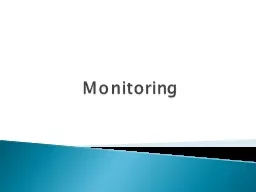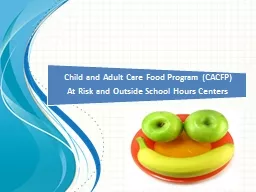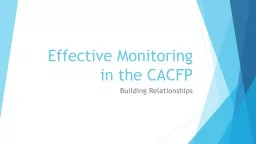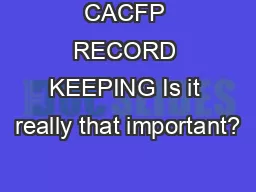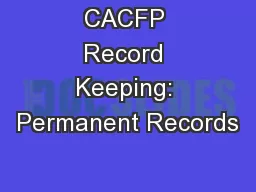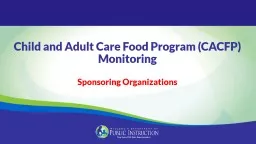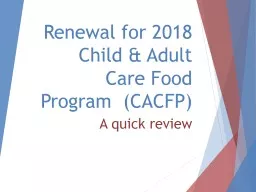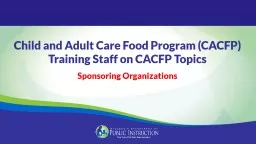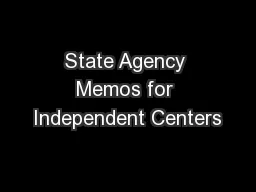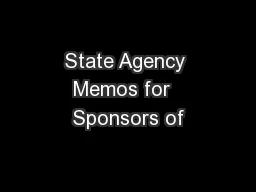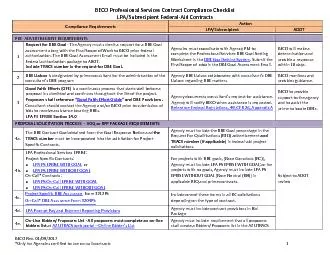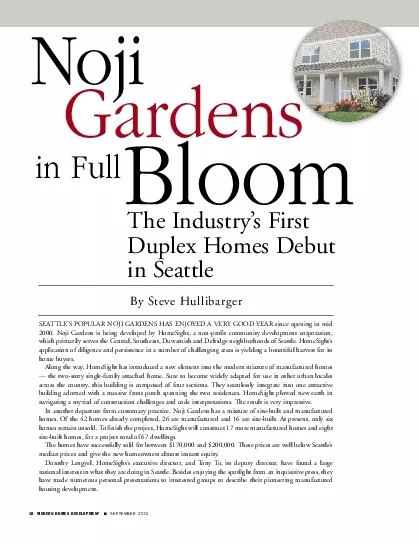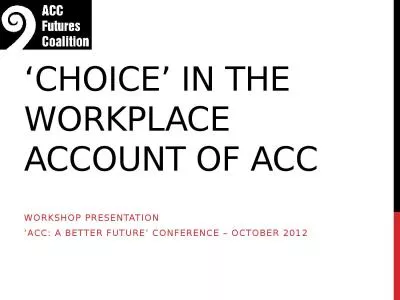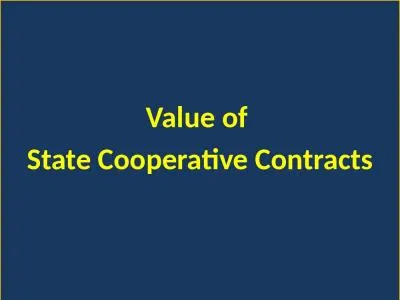PPT-Monitoring A sponsor contracts with the State Agency to oversee CACFP operation of homes/sites,
Author : mitsue-stanley | Published Date : 2018-03-13
A sponsor collects and maintains all necessary provider records and prepares submits and sometimes disburses monthly claims A sponsor provides management guidance
Presentation Embed Code
Download Presentation
Download Presentation The PPT/PDF document "Monitoring A sponsor contracts with the ..." is the property of its rightful owner. Permission is granted to download and print the materials on this website for personal, non-commercial use only, and to display it on your personal computer provided you do not modify the materials and that you retain all copyright notices contained in the materials. By downloading content from our website, you accept the terms of this agreement.
Monitoring A sponsor contracts with the State Agency to oversee CACFP operation of homes/sites,: Transcript
Download Rules Of Document
"Monitoring A sponsor contracts with the State Agency to oversee CACFP operation of homes/sites,"The content belongs to its owner. You may download and print it for personal use, without modification, and keep all copyright notices. By downloading, you agree to these terms.
Related Documents

